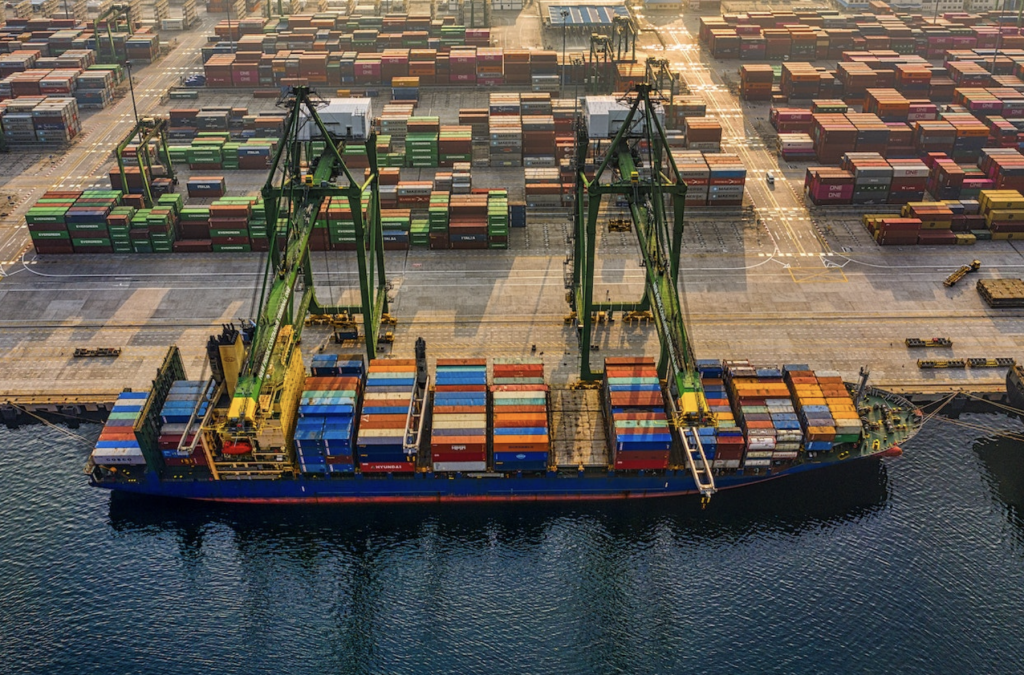Cargo drones have significantly increased in popularity in many domains. Also known as unmanned aerial vehicles (UAVs), cargo drones serve many industries and can adapt to their unique needs.
Industries that employ cargo drones
As said above, employing a cargo drone can mean many things. For example, in the agricultural industry they are a favourite for their ability to track livestock, spraying, and to evaluate the needs of the crop.
Other industries that commonly use UAVs are:
- Environment monitoring
- Archaeology
- Construction
- Logistics
- Cargo
- Meteorology
- Mining
- Conservation
- Defence
- Security
Just as each industry has different needs for a cargo drone, there are different types of drone builds and styles.
Heavier drones can not only carry inanimate objects but have also been used to transport humans and livestock. Lighter drones, on the other hand, can be used in recreational activities as well as tourism, filmmaking, sport and entertainment.
Adaptability for every cargo need
Cargo drone sizes come from small, mid- and large frames, embracing the versatility needed from them and are commonly classified into 4 different categories:
- Last-mile supply chain services. This is mostly utilised through B2B operations and for delivery purposes. It has proved to be used the most in rural areas and has increased efficiency in delivery times.
- Loading. Loading ships and trucks employ cargo drones frequently. They are appreciated for their ease of access and ability to avoid heavily congested areas including foot and automobile traffic.
- Inter- and intracity delivery. While this purpose is not as popular due to logistical challenges of long distance travelling, when streamlined, long distance drone navigation has the possibility to revolutionise the cargo industry.
- Hub-to-hub delivery services. Again, this is commonly used within B2B operations such as warehouse transportation though navigation programming.




